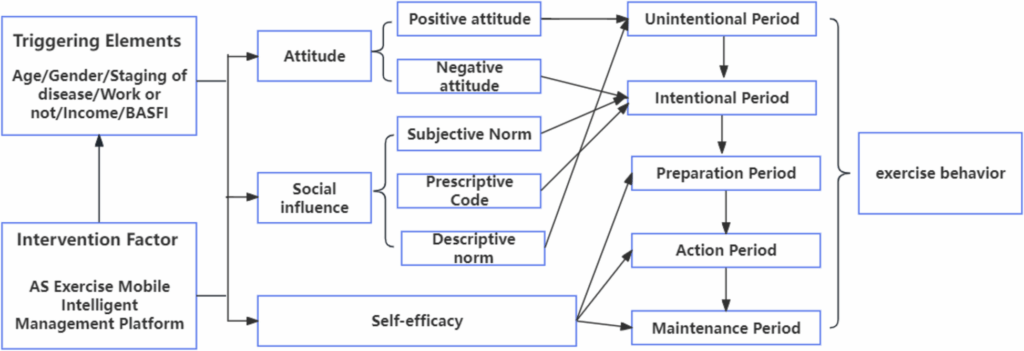
An innovative approach to managing physical exercise for patients with ankylosing spondylitis (AS) is set to be evaluated through a decentralized randomized controlled trial. This trial, which involves hospitals affiliated with the Guangdong Rheumatology and Immunology Specialty Alliance, aims to validate a sustainable exercise management model that could significantly impact the quality of life for AS patients.
Ankylosing spondylitis is a chronic inflammatory disease primarily affecting the spine and sacroiliac joints. It is known for its adolescent onset, incurability, and high disability rate, which can reach up to 30% in advanced stages due to severe ossification and spinal deformity. The condition imposes a considerable physical and mental burden on patients, making effective management strategies crucial.
Exercise as a Key Intervention
Exercise is recognized as a vital component in the management of AS, often surpassing drug therapy in its ability to prevent spinal and joint deformities and reduce disability rates. Current exercise regimens for AS patients include NASS exercises, whole-body posture reshaping, aerobic exercises, stretching, and pulmonary exercises. Multimodal approaches incorporating Pilates and the McKenzie method have also shown promise.
Studies have demonstrated the benefits of exercise in enhancing lung capacity, improving muscle tension, maintaining spinal mobility, and reducing limb disability in AS patients. However, the chronic nature of AS poses challenges for long-term adherence to exercise routines. A study by Rodrig et al. revealed that while patients initially agree to exercise programs, adherence drops significantly over time, with only 60% maintaining their routines six months post-discharge.
Challenges in Sustaining Exercise
The primary obstacle in sustaining exercise regimens lies in low adherence over the medium to long term. This issue is compounded by the fact that many AS patients are in their prime working years, and high disability rates contribute to a loss of the social labor force. In the UK, the economic burden of AS is estimated at 19,016 euros per year, with over 80% attributed to unemployment and work absenteeism due to disability.
Factors influencing exercise behavior in AS patients are multifaceted, involving physiological, psychological, and social elements. Higher disease activity, pain, fatigue, anxiety, and depression can all negatively impact exercise adherence. Conversely, higher economic status and social support can promote active participation in exercise.
Introducing the ASE Model
The Attitude-Social Influence-Self-Efficacy (ASE) model offers a theoretical framework for examining health behavior, suggesting that influencing factors impact behavior through behavioral intention. This study leverages the ASE model to develop a sustainable exercise management model for AS patients, focusing on different stages of exercise behavior from intention to maintenance.
The management model includes an exercise plan, intention stage, exercise behavior intervention strategy, and exercise behavior. By aligning these elements with the ASE model, the study aims to enhance exercise adherence and improve clinical outcomes for AS patients.
Trial Design and Implementation
The trial employs a Decentralized Randomized Controlled Trial (D-RCT) design, allowing participants to engage in the study within their daily environments using digital technologies and telemedicine tools. Participants will be randomly assigned to an experimental group or a control group, with the experimental group managed through the “AS Exercise Mobile Intelligent Management Platform.”
The trial will assess primary outcomes such as exercise level, measured using a sports bracelet and the International Physical Activity Questionnaire (IPAQ). Secondary outcomes include the Bath Ankylosing Spondylitis Functional Index (BASFI), Bath Ankylosing Spondylitis Disease Activity Index (BASDAI), Fatigue Severity Scale (FSS), and quality of life measured by the Ankylosing Spondylitis Quality of Life (ASQoL) questionnaire.
Future Implications
The sustainable management approach for exercise derived from this research holds practical significance in guiding exercise management for AS patients. If successful, the model could be widely adopted and applied, potentially reducing the economic burden of AS and improving the quality of life for patients worldwide.
The study’s findings will be disseminated through international scientific conferences and published in peer-reviewed journals, contributing to the broader understanding of effective AS management strategies.





